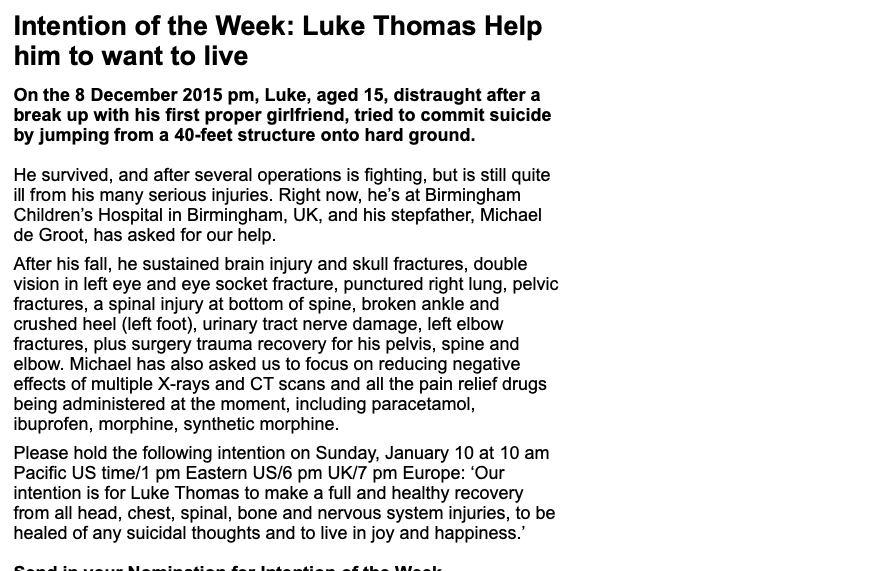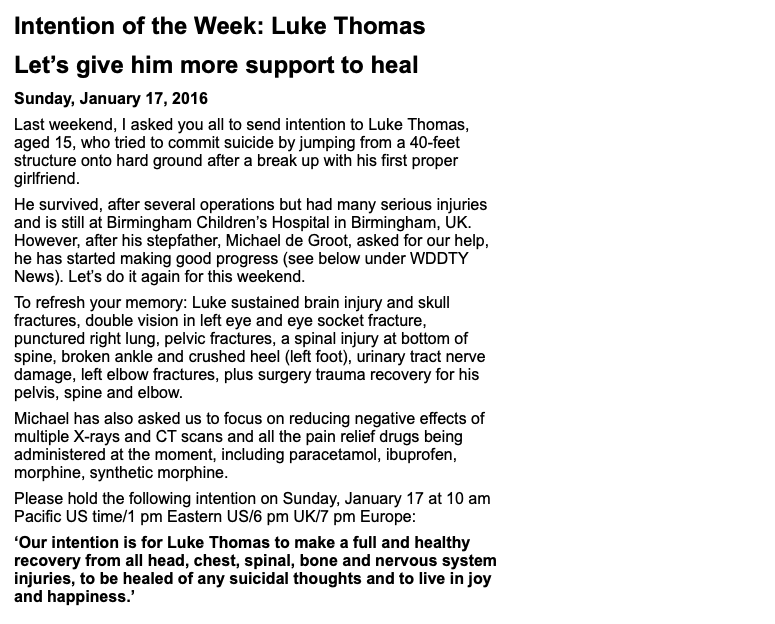You own your LinkedIn page, it is not owned by your employer, even though you might use it whilst at work.
However your employer must encourage you to use your LinkedIn every single day.
Why?
Because you are helping your employer to get noticed. And if you are helping your employer to get noticed, they may benefit from social exposure and word of mouth recommendation, which in turn means more sales and job security for you and your colleagues.
Most LinkedIn profiles are left to gather dust, showing poor profile photos, badly written headlines and summaries and a sparse experience section. As well as an incongruent list of skills and insignificant educational achievements.
That’s why employers MUST add LinkedIn to your job description and train you to create a great profile and to use it each and every single day.
My mantra is ’LinkedIn 20-minutes per day’. Even before you open your email.
But what do you do there every single day? Well here are 7 things you can be doing in your 20-minutes per day.
- Grow your connections. The more connections you have the easier it will be to connect with potential buyers of your employer’s products and services. Connecting to colleagues is a must, so is past fellow students, teachers, professors and yes even family, including your Mum (Mom) and Dad.
- Send personal invitations, not the standard ‘LinkedIn’ boiler plate invitation. It really sucks when you do that. You are basically saying, I don’t really care about you, but I want to connect with you.
- Send personalised thank you emails for those who have taken the time to click the accept button. It’s just polite to do so.
- Share an update, which could be an interesting article you’ve read on Pulse (LinkedIn’s news channel) or a simple status update about your efforts at your employer. Be mindful and careful about posting unauthorised company news though.
- Read your home newsfeed and like, comment or share interesting posts by your connections.
- Make sure you join industry and client groups on LinkedIn. Be actively discussing, commenting and liking. Avoid posting your company blog or news, boring!
- Write recommendations for your colleagues, suppliers and clients. Also endorse their listed skills.
A lot of people commute to work by train. You can do these 20-minute activities on your mobile. LinkedIn’s mobile app has been getting better and is still improving and soon most of us will be more active on the LinkedIn app compared to the desktop.
And remember you don’t have to do all these activities every single day. You can just do a few each day, the important thing is consistency and making sure you form a habit. After all you have a habit of reading your emails each day and often first thing each day, maybe even before you get out of bed. You might as well make it a LinkedIn habit each and every day.
Just 20-minutes per day!
And in case you are totally maxed out during the day, I am sure you have 20-minutes in the evening, when the kids have gone to bed and you are watching mindless TV.
So here’s the 20-day challenge for you.
Let’s see if you can spend just 20-minutes per day on your LinkedIn for the next 20-days, so that you can start to form a habit.
And whilst you’re at it, share this article with your colleagues and the HR department. Let’s get them all thinking about this and consider including LinkedIn on everyone’s job description.
As an interim step you can ask your boss to add it to your objectives for the next 6 months, so you can both evaluate your performance for this. You know what they say; ’What gets measured, gets done’.
Let’s see which employers have the courage to add LinkedIn to job descriptions. And I’m not just talking about Sales and Marketing Professionals, I mean every single person in the company including the cleaner.
Wishing you massive success with your 20-day challenge and do let me know how you’ve got on.















